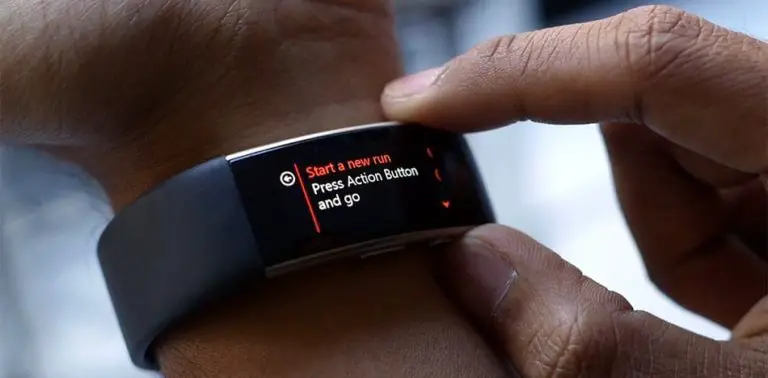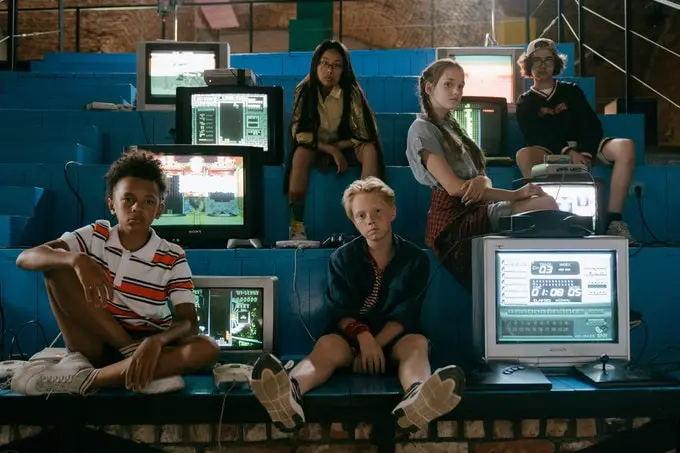So, here we are in 2020. We are living in the second decade of the 21st Century. Our younger 60 ish retiree population might have been punk rockers and the older 70 ish ones might have been hippies, beatnicks or rock-and rollers. How did that happen baby? 🙂
Meanwhile we have a huge group of millennials who grew up as personal computers and the internet grew up. Then we have teenagers who can’t imagine what life was like pre-digital, and who wouldn’t even think to read a print newspaper or magazine, make a phone call to a friend on a traditional landline, or watch a film on TV in real time (an Amazon Prime box set might be OK).
How did that happen too and what does it all mean?

The 20th Century splits neatly into two halves with the half-way break point in October 1957, not in 1950. Why 1957? Well on October 4th 1957, the Soviet Union launched Sputnik 1 into a low earth orbit and everything changed.
As well as the obvious point that this was mankind’s first step into space, a shocked USA recovered from this event and from then on drove technology through the space race and associated developments that accelerated many fields of science as well as having a direct impact on the development of computing (early laptops were developed during the Shuttle missions, like the Shuttle Portable Onboard Computer,also known as SPOC), TV (Satellites and Satellite dishes and some Color advances came directly of of NASA), man-made materials (Teflon and the anti-glare displays on your laptop), the computer joystick (developed for Apollo) and much more, including massive advances in 3D graphics. Oh and the NASA Global Positioning Satellite (or systems) program allowed SatNavs to be created too – and don’t forget smoke detectors.
Many of these space race developments as you can see were the ancestors of how we spend our leisure time today.
Science fiction writers of the middle of the 20th Century around the time of Sputnik, expected by now in 2020 we’d be on Mars, have jet-powered cars and Dad would commute to work in a helicopter while Mom stayed at home instructing the robot servants.
This 2020 is rather different but would still amaze the science fiction writers our retirees grew up reading. Let’s take music as one example. A lot of music is now done by computers but there is still a big market in guitars (electric or acoustic) and in pianos (electric and acoustic).
What has happened to the piano neatly illustrates the world of 2020. People still like the sound and the feel of an acoustic upright or grand piano and the acoustic piano will most likely still be around in 2120. What we do see now is a kind of enhanced acoustic piano, the digital piano that can work like its acoustic ancestor but also record the piano players performance (for example via MIDI), help the pianist to learn, accompany the pianist during a performance or allow, via the internet communication with a teacher, friend etc. plus of course many other things.
Fans of Beethoven, Mozart and Brahms need not fear this new device, for the classical style is very much alive and in fact the digital piano most likely will help interest in their music continue long into the future, by adding tools that younger people just simply expect to have today. It is a complementary technology, not a replacement or threat.
In fact, we can see the digital piano as simply one more step in the evolution of the keyboard – don;t forget that the Pianoforte – to give it one of its original names, actually came to prominence after 1700. Other keyboards such as the harpsichord and clavichord probably date back to the fourteenth century.
It’s somewhat the same with gaming. 20th Century science fiction authors imagined future robots with mechanical hands playing their owners or masters at chess or cards. There’s no reason in 2020 why that could not be done but again our world is a little different. We have evolved rapidly from early electronic games that were in arcades and later running on standalone PCs or consoles at home to internet based team-playing or one on one against other humans, AI’s or human/AI mixes.
The massive growth of collaborative games like Fortnite, Player Unknown Battleground, Minecraft, FIFA (to some extent) and League of Legends, which mix human and AI elements in one on one, duo, or in some cases team sports, has some profound future implications and we can’t yet see how they will play out.
Now, individuals sit in gaming chairs, wearing gaming gloves and specially designed headsets and they can reach out to other players anywhere in the world. This is very different from the solitary PC or console gaming of a few decades ago.
e-sports is now a huge business, which is predicted to hit revenues well over a Billion dollars this year. Tournament prize money is big too, with additional revenue coming from popular players or commentators like Ali-A hosting their own programs on Youtube or other social media platforms.
On the subject of programs, film-making used to be a tiny leisure activity, limited by the big costs and complexity of the equipment, stock, and processing costs of physically shooting, editing and then projecting rolls of 8mm or 16mm film. Now, many people can easily afford digital cameras plus editing software and produce results alone or as a production team that would amaze hobby film-makers of the last century. Even mobile phones can produce reasonable results up to a point.
So, what we see in digital leisure in pianos, gaming, and film-making is costs coming down, quality of experience going up and collaboration becoming easier. This democratization extends of course into many other leisure areas – online publishing, online exercise groups, online study groups are just a few more.
We might not have gone to Mars yet or colonized the moon which is some things many hoped for and some expected by now – but we are in the future that in many ways is far more advanced already than some of the most optimistic or pessimistic predictions of 1957 and how we spend our leisure time reflects that.




